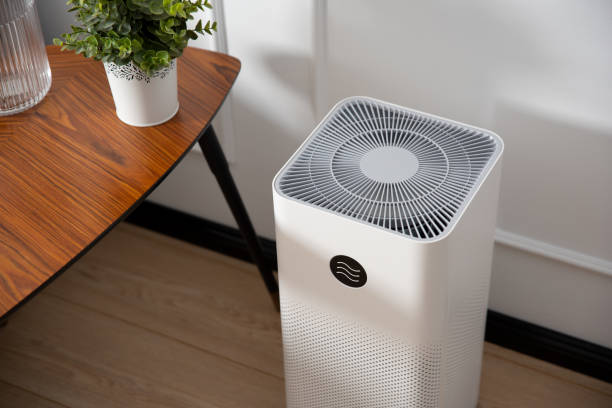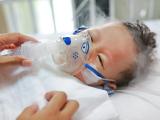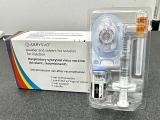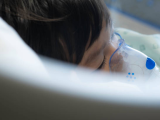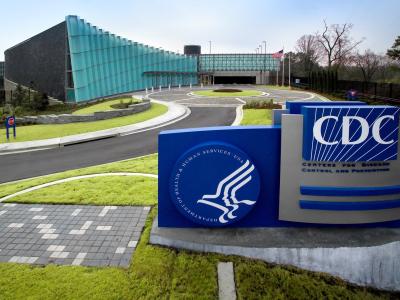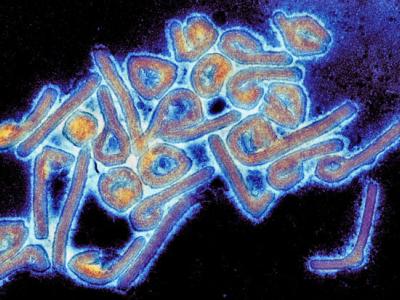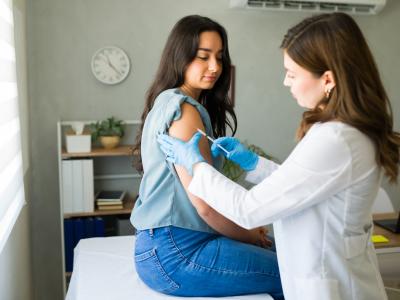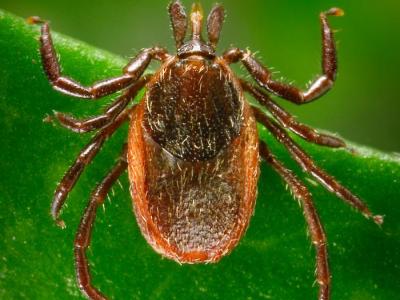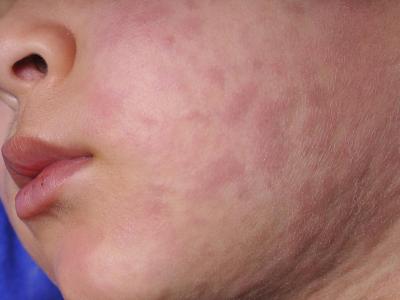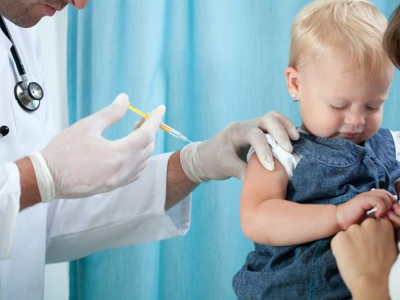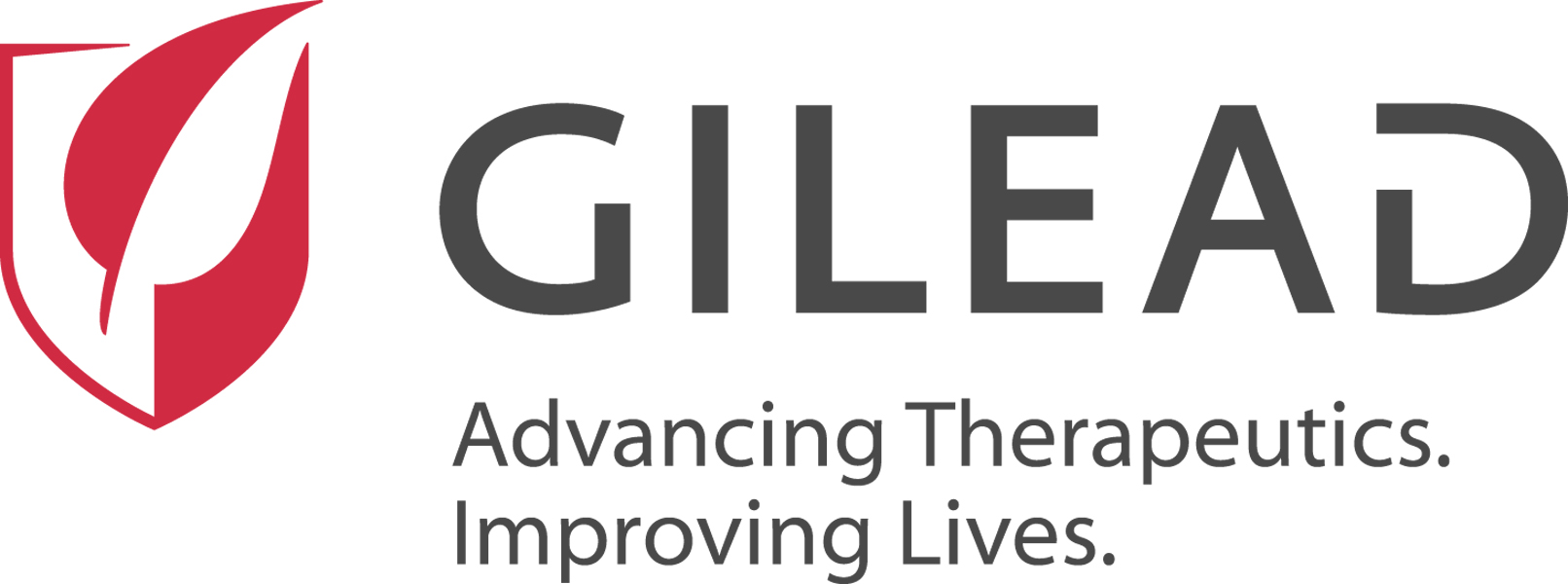A secondary analysis of a randomized clinical trial of 200 US elementary-school classrooms concludes that portable high-efficiency particulate air (HEPA) purifiers were linked with a modest reduction in respiratory virus diversity but not less viral exposure.
For the study, published late last week in JAMA Network Open, a Boston Children's Hospital–led research team examined data from the School Inner-City Asthma Intervention Study, which was conducted from September 2015 to June 2020 in 39 public schools in the Northeast. The goal was to determine whether HEPA filtration reduced asthma symptoms.
Effectiveness depends on many factors
The researchers randomly assigned classrooms in a 1:1 ratio to receive either four active HEPA purifiers (109 classrooms) or four identical filterless sham HEPA units (91). The team collected week-long bioaerosol samples three times during the school year and measured levels of 19 respiratory viruses using digital droplet polymerase chain reaction (ddPCR).
The primary outcome was high viral exposure (clustering of individual virus concentrations), and secondary outcomes were viral diversity (number of virus types) and individual virus levels. The median class size was 19 students, and the median grade was 3. Only 23.5% of classrooms had central heating, ventilation, and air-conditioning systems.
While HEPA purifiers are effective at reducing fine and coarse particulate matter, their effectiveness against viral aerosols and droplets in clinical settings is unclear, because it depends on factors such as occupancy, ventilation, indoor climate, and occupant-specific characteristics such as age, the researchers said.
"In addition, while low-cost sensors exist for some indoor pollutants, none exists for detection of viruses," they wrote. "Some studies propose using carbon dioxide (CO2) as a surrogate marker for viral exposure; however, most research on built-environment factors and viral exposures is model-based, lacking comprehensive epidemiologic evidence."
Contribution of low relative humidity
Viruses were detected in 98.5% of 532 bioaerosol samples (median, 3 viruses per classroom). The most common virus was rhinovirus (89.5% of samples), followed by respiratory syncytial virus (RSV) B (23.9%) and RSV A (12.4%), and influenza A and B (17.7% and 14.3%, respectively).
Air purifiers did not reduce overall viral load in classrooms, suggesting that additional interventions may be needed in schools.
A total of 22.2% of air samples had higher average concentrations of most viruses, including coronavirus and influenza A. The use of HEPA purifiers wasn't tied to lower odds of high viral exposure (odds ratio [OR], 0.50) but was associated with a 32.8% decrease in viral diversity. But reduced viral diversity wasn't linked to fewer school absences.
Environmental risk factors for viral exposure were low relative humidity, lower grade in school, winter season, and higher levels of coarse particulate matter.
"We found that air samples from classrooms included in our study had an average of three different respiratory viruses per classroom, with some having as many as 13, including pathogens capable of causing serious disease such as respiratory syncytial virus (RSV) and influenza virus," corresponding author Peggy Lai, MD, MPH, of Massachusetts General Hospital, said in a Brigham and Women's Hospital news release.
"Air purifiers did not reduce overall viral load in classrooms, suggesting that additional interventions may be needed in schools," she added.
Lai highlighted the association between lower humidity and high viral exposure, which suggests that controlling humidity may help lower exposure to certain viruses.
It's important to note that the trial was originally designed to measure other outcomes.
"In addition to air filtration or better ventilation, maintaining classroom humidity between 40% and 60% may help lower viral exposures and improve comfort for students and teachers," she said. "While our study did not find that HEPA air purifiers reduced high viral exposure in classrooms, it's important to note that the trial was originally designed to measure other outcomes."
The authors called for more research into multicomponent environmental interventions such as those targeting higher relative humidity to lower respiratory virus exposure in schools.
